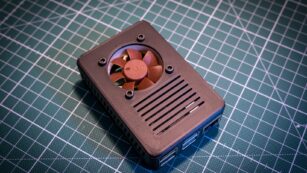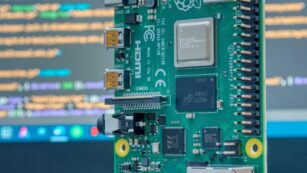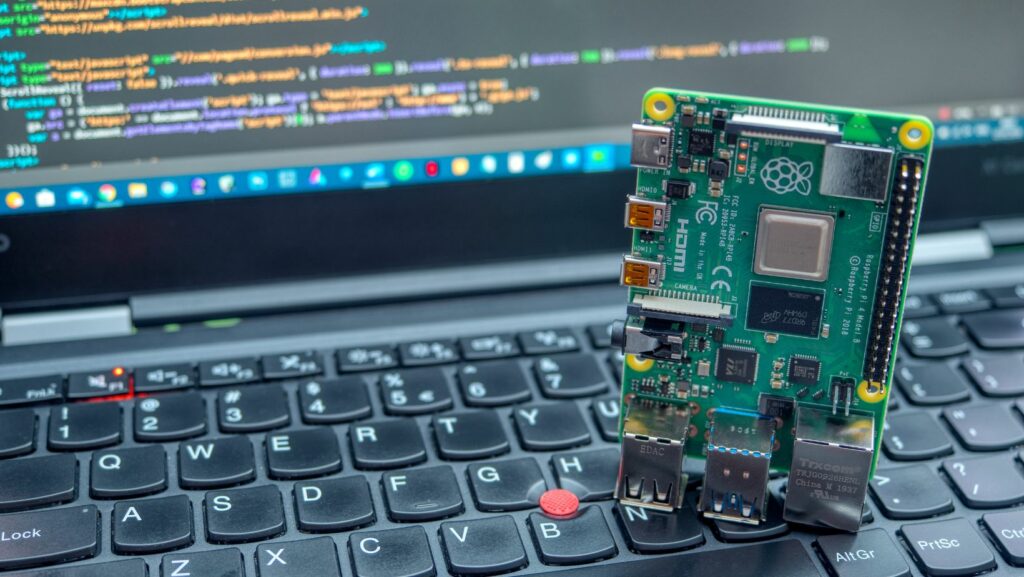In the world of DIY electronics and computer programming, the Raspberry Pi emerges as a compact yet powerful tool. Paired with Python, one of the most accessible programming languages, it unlocks a vast array of possibilities for hobbyists, educators, and professionals alike. From simple beginner projects to complex systems, the versatility of Raspberry Pi Python projects is boundless, making it an ideal learning platform that scales with skill level.
Raspberry Pi Python Projects
Why Choose Python for Raspberry per Pi?
 Python serves as an ideal programming language for Raspberry Pi due to its simplicity and power. Beginners find Python’s syntax easy to learn, which accelerates the development of projects from conception to execution. For advanced users, Python’s numerous libraries and frameworks expand the possibilities, allowing for the addition of complex functionalities without the need for extensive coding.
Python serves as an ideal programming language for Raspberry Pi due to its simplicity and power. Beginners find Python’s syntax easy to learn, which accelerates the development of projects from conception to execution. For advanced users, Python’s numerous libraries and frameworks expand the possibilities, allowing for the addition of complex functionalities without the need for extensive coding.
Professionals favor Python on Raspberry Pi for its robust integration capabilities. Systems developed using Python can easily connect with existing infrastructure, essential for industries ranging from education to engineering. This integration fosters a seamless and efficient environment for prototyping and deployment.
Moreover, Python’s extensive community support ensures developers have access to a wealth of resources and troubleshooting help. These aspects make Python an unparalleled choice for Raspberry Pi projects, particularly when developers aim to scale from simple experiments to more sophisticated systems.
Types of Projects You Can Create
The combination of Raspberry Pi and Python unlocks a myriad of project possibilities. Here are varied types of projects one can undertake, each demonstrating a broad scope for both learning and practical application:
-
Home Automation Systems: Developers can build devices that automate home processes. Examples include smart thermostats, security systems, and lighting controls.
-
 Educational Tools: Teachers and students can create interactive learning platforms that demonstrate scientific principles, such as weather stations or robotics.
Educational Tools: Teachers and students can create interactive learning platforms that demonstrate scientific principles, such as weather stations or robotics. -
Entertainment Systems: From custom media centers to video games, users can design entertainment solutions tailored to their preferences.
-
Internet of Things (IoT) Devices: These projects include developing devices that collect data and communicate over the internet. Examples involve soil moisture sensors for gardening or fitness trackers.
With the powerful synergy of Raspberry Pi and Python, enthusiasts and professionals alike continue to develop impactful and innovative solutions across various domains. This alignment not only enhances the technical capabilities of the devices but also enriches the learning and user experience significantly.
Setting Up Your Raspberry Pi for Python Programming
Required Hardware and Software
To begin programming on a Raspberry Pi with Python, certain hardware and software elements are essential. The initial setup includes:
-
Raspberry Pi: Any model will suffice, but the Raspberry Pi 4 Model B or Raspberry Pi 3 Model B+ are recommended for better performance.
-
SD Card: A minimum of 8GB, Class 10 SD card is suggested for optimal storage and speed.
-
Power Supply: A 5V/2.5A USB power supply for the Raspberry Pi ensures the device receives adequate power.
-
Keyboard and Mouse: USB or wireless options for input.
-
Monitor: HDMI-compatible monitor or an HDMI-to-VGA adapter if using older monitors.
-
HDMI Cable: For connecting the Pi to the monitor.
-
Internet Connection: Either through Ethernet or a Wi-Fi dongle, depending on the model.
-
Operating System: NOOBS (New Out Of the Box Software) or Raspberry Pi OS is preferable for beginners; it simplifies the installation of a full-feature operating system.
Installing Python on Raspberry PI
 Once the hardware setup is complete, the next step is installing Python. Raspberry Pi OS comes preinstalled with Python, making it accessible from the start. Here’s how to ensure Python is ready to use:
Once the hardware setup is complete, the next step is installing Python. Raspberry Pi OS comes preinstalled with Python, making it accessible from the start. Here’s how to ensure Python is ready to use:
-
Verify Python Installation: Open the terminal and type
python --versionorpython3 --version. This command checks the version of Python installed, ensuring it’s ready for use. -
Update and Upgrade: Run
sudo apt-get updateandsudo apt-get upgradeto keep the system and Python up to date. -
Install pip: Pip manages software packages for Python, allowing easy installation and management of libraries and other dependencies. Install it by typing
sudo apt install python3-pipin the terminal.
Post-installation, one can start exploring various raspberry pi python projects, leveraging the powerful pairing of Raspberry Pi with Python’s straightforward syntax and extensive libraries.


